Introduction
The question of whether cherries can still be consumed after being soaked overnight often arises among food enthusiasts, home cooks, and those who appreciate the delicate flavors of seasonal fruits. Cherries, known for their sweet-tart taste, vibrant color, and numerous health benefits, are a popular choice for various culinary preparations, from fresh desserts to fermented beverages. However, the practice of soaking cherries, whether for preservation, flavor extraction, or simply as a part of a recipe, introduces a layer of complexity regarding their edibility post-soaking. This article delves into the intricacies of soaking cherries overnight, exploring factors such as the soaking medium, storage conditions, potential changes in nutritional value, safety concerns, and practical advice on how to assess the edibility of soaked cherries.
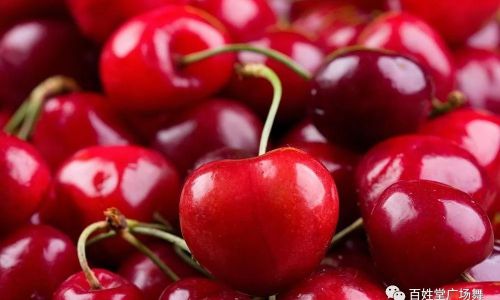
Understanding the Soaking Process
Soaking fruits, including cherries, involves submerging them in a liquid for an extended period. This process can serve multiple purposes:
-
Flavor Extraction: Soaking cherries in alcohol, such as brandy or rum, can extract their natural juices and flavors, enriching the liquid with a cherry aroma and taste. This technique is commonly used in making liqueurs, syrups, and marinades.
-
Preservation: In some cultures, soaking fruits in sugar syrup or vinegar is a method of preserving them, especially during times when fresh produce is scarce. This process, known as candying or pickling, extends the shelf life of cherries by creating an environment hostile to microbial growth.
-
Softening: Soaking cherries in water or a weak acid solution can soften them, making them easier to pit or incorporate into recipes that require a tender texture.
-
Infusion: Using cherries to infuse water, tea, or other beverages with their flavor is a popular way to enjoy their natural sweetness and aroma without consuming the fruit itself.

Factors Influencing Edibility
Whether soaked cherries are safe and desirable to eat depends on several factors:
-
Soaking Medium:
- Water: Soaking cherries in plain water generally does not pose a safety risk but may lead to loss of flavor and texture due to dilution and potential absorption of water.
- Alcoholic Beverages: Soaking in alcohol tends to preserve the cherries’ flavor and texture better, as alcohol acts as a natural preservative. However, the alcohol content and soaking duration can affect the final taste.
- Sugar Syrup or Vinegar: These solutions create an acidic or high-sugar environment that inhibits bacterial growth, thereby preserving the cherries. However, prolonged soaking in highly concentrated sugar or vinegar can alter their taste and texture.
-
Storage Conditions:
- Temperature: Storing soaked cherries at room temperature can promote bacterial growth, especially if the soaking medium is not acidic or alcoholic enough to act as a preservative. Refrigeration slows down microbial activity, extending the safe consumption period.
- Air Exposure: Keeping soaked cherries in a sealed container minimizes oxygen exposure, which can slow down oxidation and spoilage.
- Container Material: Non-reactive containers like glass or stainless steel are preferable to avoid contamination or chemical leaching into the soaking liquid and cherries.
-
Duration of Soaking:
- Short soaking periods (a few hours) generally have minimal impact on the cherries’ quality.
- Overnight soaking, while common, requires careful monitoring of the above factors to ensure edibility.
- Extended soaking (days to weeks) without proper preservation techniques can lead to spoilage, characterized by off odors, discoloration, and soft or slimy texture.
Nutritional and Sensory Changes
Soaking cherries can alter their nutritional profile and sensory attributes:
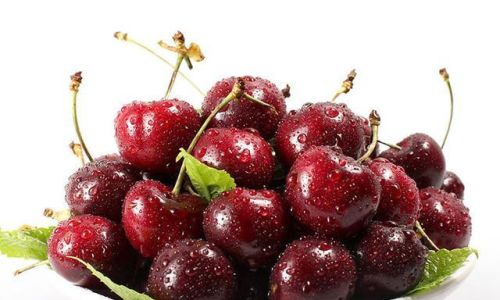
-
Nutritional Changes:
- Soluble Nutrients: Water-soluble vitamins like vitamin C and B vitamins may leach into the soaking medium, reducing their concentration in the cherries.
- Antioxidants: Some antioxidants, particularly anthocyanins responsible for cherries’ red color, may also be extracted, affecting the cherries’ nutritional value and visual appeal.
- Sugar Content: If soaked in a sugary solution, the cherries may absorb sugar, increasing their caloric content.
-
Sensory Changes:
- Texture: Soaking can soften cherries, making them more tender. However, over-soaking can lead to mushiness.
- Flavor: The soaking medium can significantly influence the cherries’ taste. For instance, soaking in alcohol can intensify their flavor, while soaking in vinegar can add a tangy note.
- Aroma: The cherries’ aroma may become more concentrated or altered depending on the soaking medium.
Safety Considerations
The primary concern when consuming soaked cherries is food safety:
-
Microbial Growth: Improper storage conditions can lead to the growth of harmful bacteria, such as Listeria, Salmonella, or Escherichia coli, which can cause foodborne illnesses. Symptoms include nausea, vomiting, diarrhea, fever, and abdominal cramps.
-
Mold Formation: If soaked cherries are not submerged completely or the container is not sealed properly, mold can form on the surface. Moldy cherries should be discarded immediately as mold spores can spread and contaminate other food items.
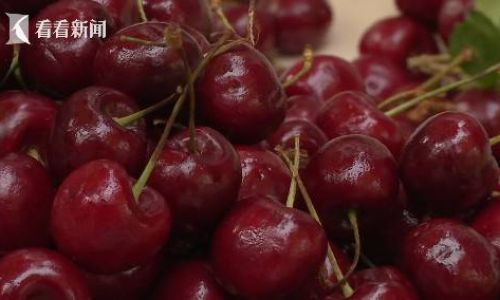
-
Chemical Contamination: If the soaking medium or container is contaminated with harmful chemicals, these can leach into the cherries, posing health risks.
Practical Advice for Assessing Edibility
To determine whether soaked cherries are safe and desirable to eat, follow these steps:
-
Visual Inspection: Discard cherries with visible mold, discoloration, or sliminess. The soaking medium should be clear and free from sediment or floating particles.
-
Olfactory Test: Smell the cherries and soaking medium. They should have a pleasant, cherry-like aroma without any off odors.
-
Taste Test: Carefully taste a small piece of a cherry. It should taste as expected, with no bitter, sour, or metallic aftertaste.

-
Texture Check: The cherries should be firm yet tender, not overly soft or mushy.
-
Storage Recall: Consider how long the cherries have been soaked and the storage conditions. If in doubt, err on the side of caution and discard them.
Conclusion
In summary, whether cherries soaked overnight can be consumed depends on a multitude of factors, including the soaking medium, storage conditions, duration of soaking, and the resulting nutritional and sensory changes. While soaking cherries can enhance their flavor and texture for certain culinary applications, it also introduces potential risks related to food safety and nutritional loss. By carefully monitoring these factors and conducting a thorough assessment of the soaked cherries before consumption, individuals can enjoy the benefits of soaked cherries while minimizing health risks. Ultimately, the decision to consume soaked cherries should be based on a combination of practical advice, sensory evaluation, and personal comfort with the associated risks.
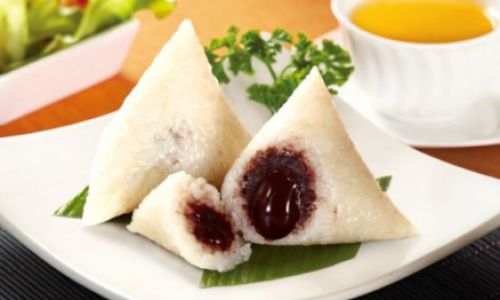
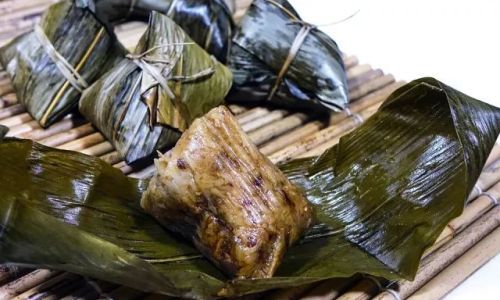
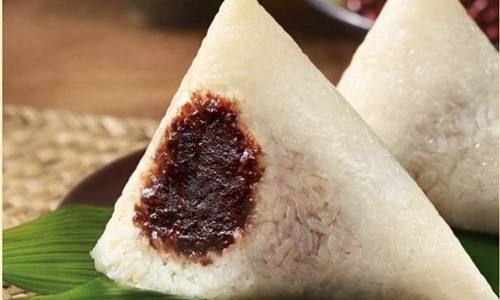
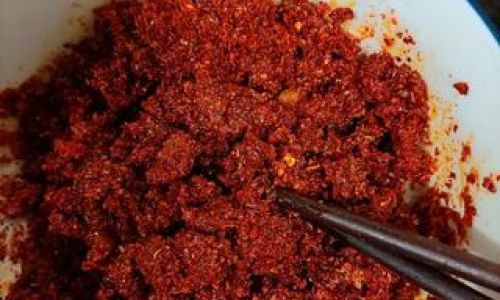
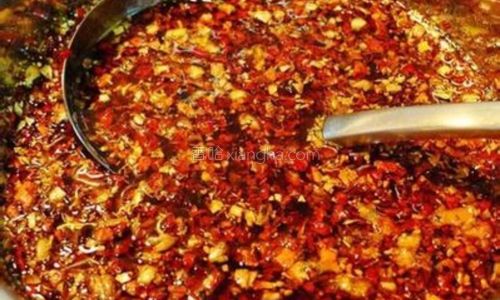
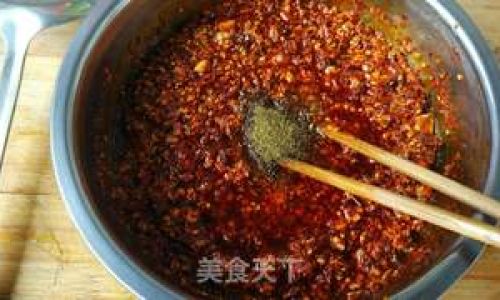
0 comments